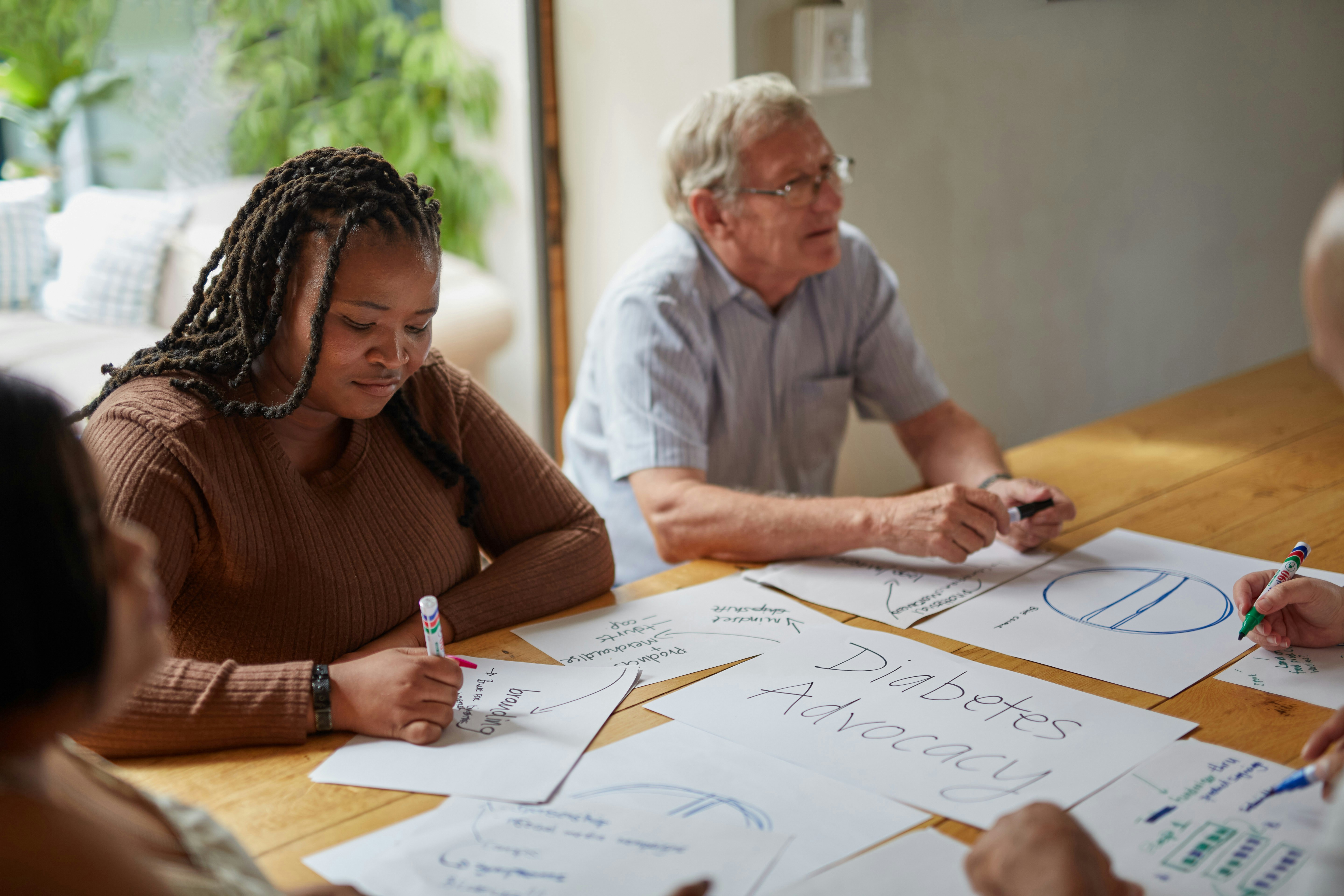
Twitter is a buzz these days with Elon Musk at the helm of the platform advocating for free speech. With the Twitter Files making the case for the right to free speech uncensored by big tech or government, Ava challenges the Twitterverse to recognize where accessibility fits into the conversation.
Ensuring users with disabilities equal opportunity to engage in Twitter discourse is a purposeful mission — and perhaps a task best executed by those with disabilities in need of such access. Upon Elon’s acquisition and subsequent “house cleaning”, he threw out more than the proverbial kitchen sink he entered Twitter HQ with on Day 1. One team on the reported chopping block was that of Twitter’s Accessibility Experience.
In response to the firing, the NAD (National Association of the Deaf) made a statement that they are suspending tweets until Twitter shows commitment to full inclusion. Tweeters were quick to ask whether or not the silent treatment and ceasing discourse on Twitter is in the best interest of the Deaf community. While the boycott can be debated, the key question in need of an answer is clear...
Are new hires for accessibility initiatives at Twitter in motion?

Image Source: Twitter
Over the last couple of years, Twitter took reactive steps to improve its inclusivity efforts in response to pressure received from disabled users. Twitter users who rely on accessibility tools express concern that the platform’s priority to provide access has fallen by the wayside. With no one currently addressing accessibility-related needs or making sure the site complies with the Americans with Disabilities Act (ADA) laws, Twitter’s digital access trajectory remains a mystery.
“This platform has virtually leveled the playing field for all of us, but particularly, for people like myself; this space has evolved into a barrier-free game changer.”
— Marlee Matlin, Tweet to Elon Musk
Twitter’s Accessibility Initiatives
In 2020, Twitter launched voice activated tweets that featured uncaptioned audio clips and flashing images—two issues that violate the Web Content Accessibility Guidelines (WCAG). As a result of pushback regarding the feature’s shortcomings, Twitter publicly apologized and shortly thereafter, its official accessibility team was born.
The accessibility team delivered impactful contributions to the company, beginning with the introduction of “alt-text” badges on all of its images. For those unfamiliar with alt (or alternative) text, it’s a feature originally designed to allow blind and low-vision people a fuller understanding of image content through text that can be read by screen-reader technology. Twitter alt-text badges were introduced to create a more inclusive digital space where disabled users could experience the platform like everyone else.

Image Source: Hootsuite
Following its renewed dedication to accessibility, Twitter made alt text for images automatically available to all users. Auto-captions for video uploads were added, along with screen reader and refreshable braille display support with keyboard shortcuts. The closed caption toggle option for the live chat feature offers Ava-style speech-to-text solutions for Deaf and hard-of-hearing Tweeters.
The platform also implemented voiceover options that include pronouncing # as “hashtag”, reading shortened URLS (i.e. TinyURL) and including usernames in the timeline. Twitter’s other accessibility features offer color contrast options to improve legibility between text and background colors for people with vision impairment. These features help support optimal utility for users of varying abilities, and are imperative for all public platforms.
Image Source: Twitter
How to Make All Tweets Accessible
In the spirit of evoking power to the people, it’s important for Twitter users to recognize that they have the choice of enhancing accessibility with specific tweeting methods.
Here’s a list of tips to make Tweets inclusive for all:
1. Always add clear and concise alt text to image shares. Aim for alt text between 150-250 characters.
2. Use closed captions in videos.
3. Include a transcript or summary of the video. Doing so is helpful for people who have sensory or cognitive disabilities or for those that rely on assistive technology.
4. Limit use of emojis. Using too many emojis can slow down reading for screen reader users and people with cognitive disabilities.
5. Consider using ‘CamelCase’ and capitalizing the first letter of every word within your hashtags.
6. Use plain language. Avoiding complex phrases, jargon or slang makes content more accessible for everyone, especially non-native English speakers.
7. Break up large blocks of text with line breaks.
8. Transcribe Memes and Gifs.
9. Use color contrast in images to make it easier for blind people or those with a visual impairment to decipher.
10. Don’t use special characters in handles or tweets.
11. Learn to identify and avoid ableist language.

Image Source: Twitter
Improving Accessibility Efforts Across Social Media
With 450 million active users, Twitter’s plan to ensure accessibility is evidently important. Accessibility must be part of the conversation in order to raise awareness. Initiating ongoing inclusivity measures aligned with ADA and WCAG guidelines needs a team who understands the demand and is committed to serve the disabled community.
Inclusion flourishes when there’s a community of colleagues who support equality efforts. A healthy work culture composed of employees with diverse skills and unique perspectives encourages an environment where everyone can thrive. As Twitter reassembles their team, time remains of the essence for continued accessibility progress focused on enhancing the disabled user experience.
Laws of the ADA and mindful UX teams contribute greatly to equitable digital access. Nevertheless, with the litany of technical tools available, much of the onus for accessible tweets remains in the hands of the Tweeter. Social media companies and users of social media platforms working together to promote accessibility will collectively achieve accessibility. After all, equal access free of barriers to join the discussion is part of what free speech is all about.




